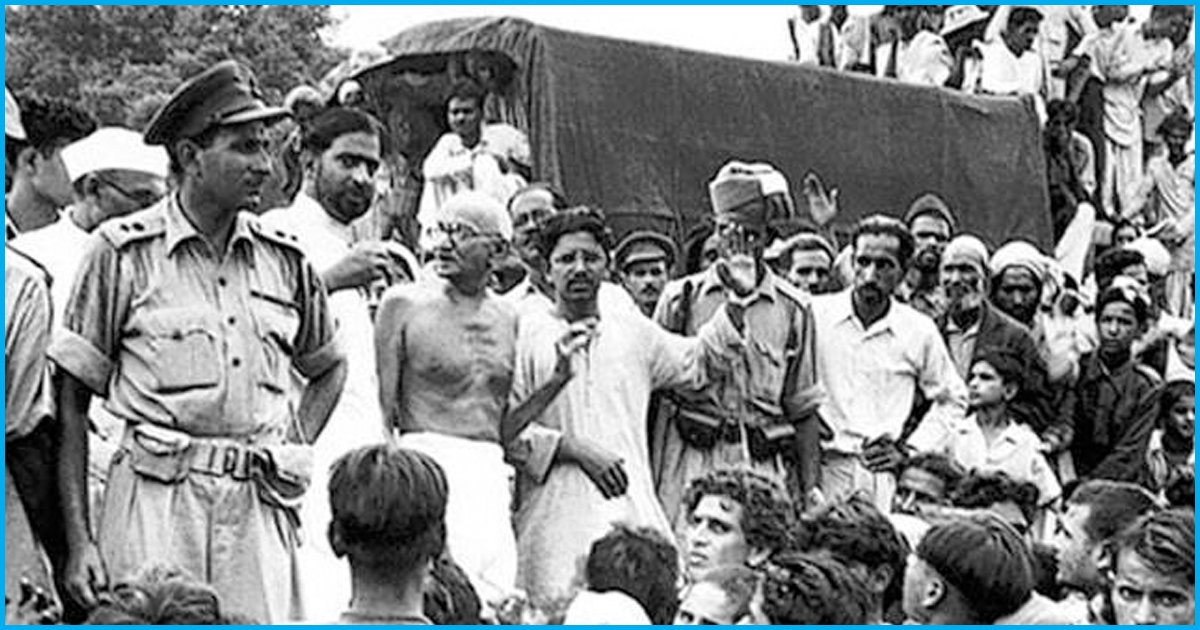
What Was The Champaran Satyagraha Of 1917?
12 April 2018 10:03 AM GMT
In April 1917, the Champaran Satyagraha in Motihari, Bihar laid the foundation for Gandhi in India. In 2017, Bihar government launched centenary celebrations to mark the event. On April 10, PM Modi and Bihar CM Nitish Singh addressed the crowd during ‘Satyagraha Se Swachhagraha’ programme in Motihari in Champaran district at the concluding ceremony of satyagraha celebrations.
What was the Champaran Satyagraha of 1917?
An agriculturist from Champaran, Rajkumar Shukla, was distressed by the plight of his fellow farmers. European planters had enforced the tinkathia system which meant farmers had to cultivate indigo on 3/20th of the total land. German synthetic dyes had replaced indigo towards the end of the nineteenth century, and the European planters demanded high rents and illegal dues from the farmers.
Shukla began his quest to bring Gandhi to Champaran. He travelled to Lucknow to meet Gandhi and followed him all the way to Ahmedabad to persuade him to visit Champaran. Mohandas Gandhi had returned to India from South Africa in January 1915. The leaders and masses in India had heard of his exploits in South Africa. However, Gandhi had chosen to stay away from political matters before he can see the condition of the Indians himself. Gandhi, in his forties at the time, had decided on the course of non-violent satyagraha as the only means to meet the nationalist aims.
Rajkumar Shukla finally succeeded in persuading Gandhi to visit Champaran. A huge crowd had gathered in Champaran as Gandhi accompanied by Shukla, Rajendra Prasad, N Parekh, JD Kriplani, M Desai and Mazhar-ul-Haq, made his way to look into the matter. The alarmed authorities tried to stop his convoy. Gandhi defied the order, calmed the crowd and chose to accept the punishment. The then novel method of passive resistance or civil disobedience placed the authorities on the wrong foot. They relented and allowed Gandhi to enquire.
Gandhi and his associates toured the villages and held open discussions with the villagers. Having heard their grievances, he successfully demanded that tinkathia system should be abolished and farmers should be compensated for illegal dues. As a result, European planters left the area for good in the next few years. Mohandas Karamchand Gandhi’s experiments in India had begun.
 All section
All section













